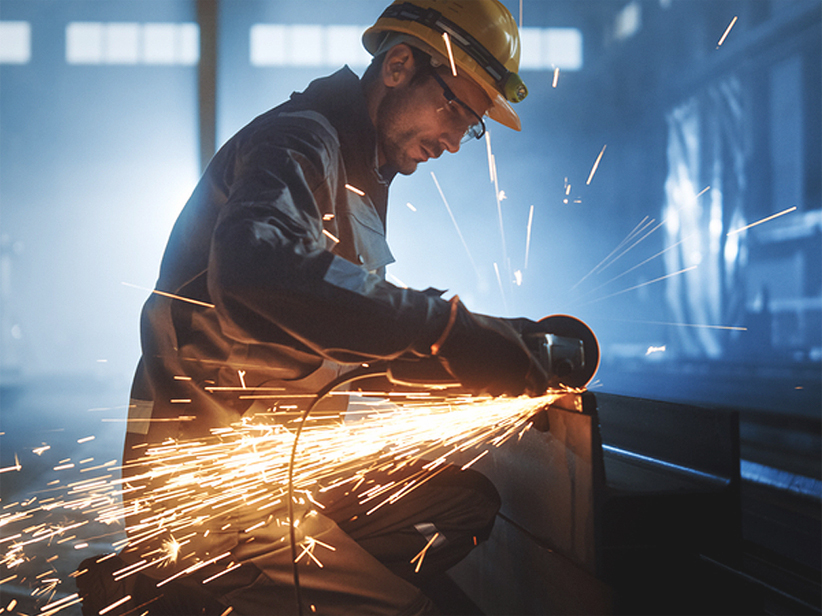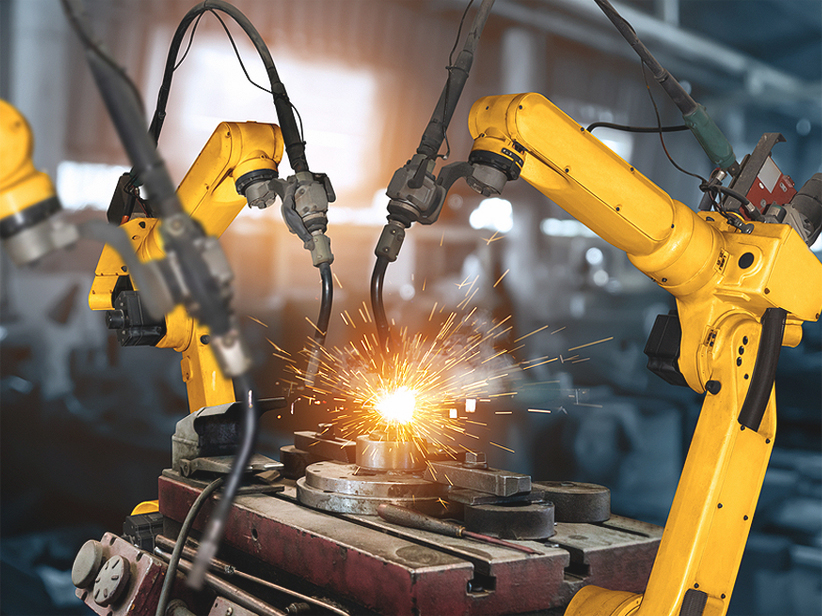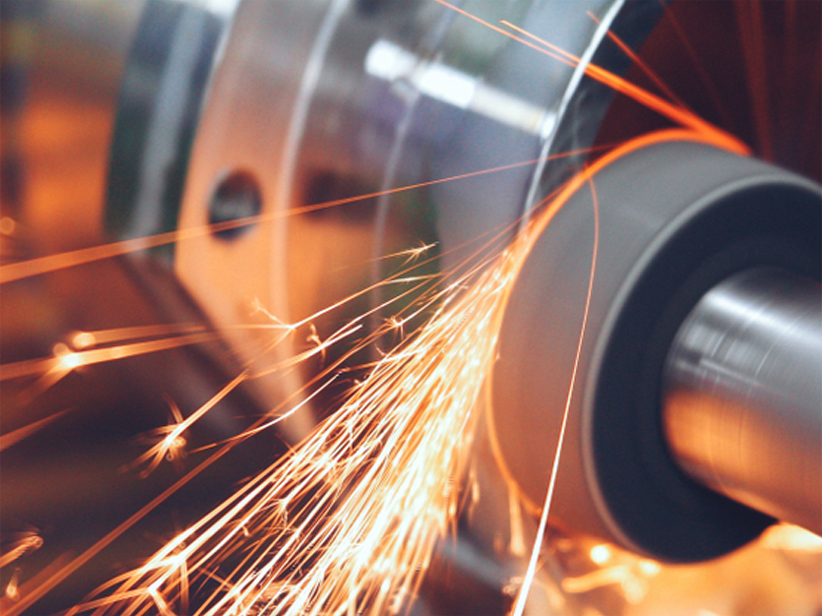WHAT IS THE WELDABILITY OF STAINLESS STEELS? – VENUS WIRES
Steel is an alloy with base metal iron in majority proportion while other components that are present in it could vary thus forming different types of alloy grades. While steel and stainless steel have emerged very demanded because of their desirable attributes of extreme hardness, stress tolerance and corrosion resistance, the secondary and tertiary level manufacturers of steel products encountered difficulty in welding and fabricating the steel products; mainly because steels behave differently as compared to iron due to their specific microstructures!
Now, we have speciality welding techniques for different types of steels, and elaborate manuals have also been developed consequent to deep researches on steel welding techniques.
The weldability of stainless steel is now a different niche and requires a precise understanding of the parameters apart from specific skills and wider experience on the part of the welder.
Here is an overview of different steel types and the welding processes best suited to them.
The most important attributes related to steel welding is the implications on HAZ or heat affected zone, which suffers super high temperatures.
Due to this heat impact, the mechanical properties of this zone could be altered, and the susceptibility to corrosion could be increased – an implication that is undesirable.
HAZ often develops cracking characteristics during cooling post welding. The welders have to take appropriate precautions to prevent such results; while the precautions also differ from one to another type of steel.

These steels contain 18 – 28% chromium and 8 – 22% nickel and can be welded through the arc welding techniques. The most commonly employed welding techniques for austenitic steels are MIG, TIG, MMA, and SA.
There is no requirement for heating before or after welding and toughness is generally good. However, to reduce the possibility of HAZ cracking, it is recommended that filler materials are used which are slightly differing alloys of steel.
For example, when welding type 304 SS, type 308 SS filler material could use. Generally, the presence of 5 – 10% ferrite alloys is considered good while welding the austenitic steels. The appropriate balance of the two could be found through the Schaeffler Diagram.

The ferritic stainless steel contains chromium in the range of 11 – 28%. Stainless steel grade 430 and 407 are common types under the ferritic SS.
These steels could be welded through the fusion techniques, but the welder needs to take precautions to prevent the development of coarse grains in the HAZ.
The coarse-grained structure generally reduces the toughness. Use of austenitic fillers and pre-heat application are recommended.

This type of steel has a chromium content of 12 – 18%, but the carbon content is high, which makes it hardenable, particularly the HAZ that suffer the extreme heat.
Use of matching welding material is considered a good option to avoid HAZ cracking.

These steels have equal proportions of ferritic steel and austenitic steel with a chromium content in the range of 22 – 26%.
These could be welded easily through different techniques, but the heat input and filler choice are essential here.







